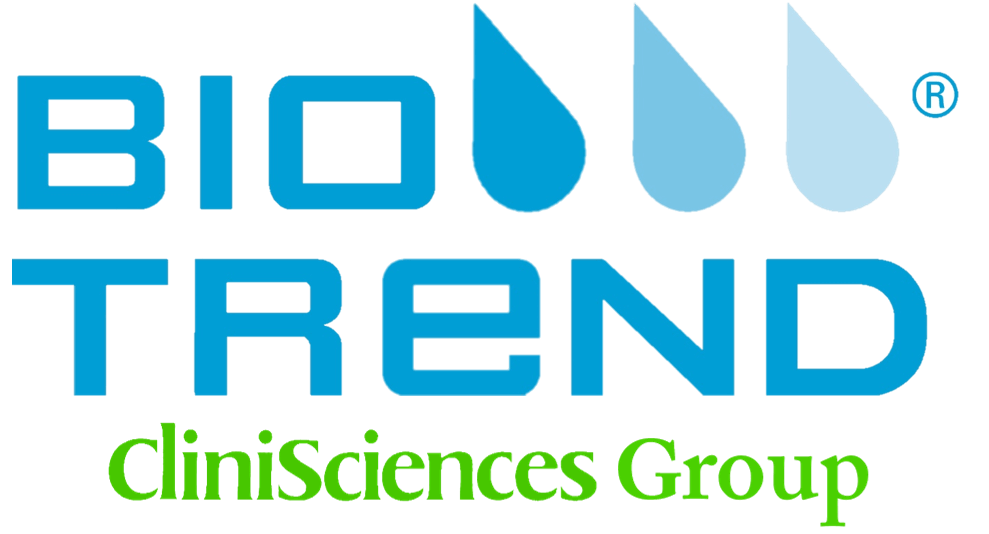Anti-Human HLA-DQ (MHC Class II) - APC
Cat# H242-100
Size : 100µg
Brand : Leinco Technologies
AntiHuman HLADQ (MHC Class II) APC
AntiHuman HLADQ (MHC Class II) APC
Product No.: H242
Clone 1a3 Target HLADQ Monomorphic Formats AvailableView All Product Type Monoclonal Antibody Alternate Names HLADQ Monomorphic Isotype IgG2a Applications FC |
Antibody DetailsProduct DetailsReactive Species Human Host Species Mouse Product Concentration 0.2 mg/ml Formulation This Allophycocyanin (APC) conjugate is formulated in 0.01 M phosphate buffered saline (150 mM NaCl) PBS pH 7.4, 1% BSA and 0.09% sodium azide as a preservative. Storage and Handling This APC conjugate is stable when stored at 28°C. Do not freeze. Country of Origin USA Shipping Next Day 28°C Excitation Laser Red Laser (650 nm) RRIDAB_2893760 Applications and Recommended Usage? Quality Tested by Leinco FC Each investigator should determine their own optimal working dilution for specific applications. See directions on lot specific datasheets, as information may periodically change. DescriptionDescriptionSpecificity Clone 1a3 recognizes a monomorphic epitope on human HLADQ1. It does not crossreact with HLADR or HLADP. Background HLADQ antibody, clone 1a3, recognizes the major histocompatibility complex (MHC) class II molecule Human Leukocyte Antigen DQ isotype (HLADQ). MHC class II is constitutively expressed on human professional antigenpresenting cells (APCs), including macrophages/monocytes, dendritic cells (DCs), and B cells, and is induced on T cells upon activation2. HLADQ consists of two transmembrane proteins, a 35 kDa α (heavy) chain and 29 kDa β (light) chain3 encoded by the HLADQA1 and HLADQB1 genes, respectively, located in the HLA complex of chromosome 6. The Nterminal α1 and β1 domains form the antigenbinding groove, which binds 1325 aa peptides derived from exogenous antigens4. On APCs, MHC class II plays a critical role in the adaptive immune response by presenting phagocytosed antigens to helper CD4 T cells. The T cell receptor (TCR)/CD3 complex of CD4 T cells interacts with peptideMHC class II, which induces CD4 T cell activation leading to the coordination and regulation of other effector cells. CD4 molecules also bind to MHC class II, which helps augment TCR signaling5. It has also been demonstrated that MHC class II express on activated T cells are capable of antigen presentation6 and can transduce signals into T cells, enhancing T cell proliferation and activity7. Specific alleles of HLADQ are associated with autoimmune diseases, including celiac disease8 and type 1 diabetes9, and graftversushost disease10. Antigen Distribution HLADQ is expressed on antigenpresenting cells, including macrophages, monocytes, DCs, and B cells, and activated T cells. Ligand/Receptor CD3/TCR, CD8 PubMed NCBI Gene Bank ID Research Area Immunology . Innate Immunity References & Citations1. Shookster L, et al. (1987) Hum Immunol. 20(1):5970 2. Holling TM, Schooten E, van Den Elsen PJ. (2004) Hum Immunol. 65(4):28290 3. Mitaksov V, Fremont DH. (2006) J Biol Chem. 281(15):1061825 4. Wieczorek M, et al. (2017) Front Immunol. 8:292 5. Artyomov MN, et al. (2010) Proc Natl Acad Sci USA. 107(39):1691616921 6. Barnaba V, et al (1994) Eur J Immunol. 24(1):715 7. Di Rosa F, et al. (1993) Hum Immunol. 38(4):25160 8. Castaño L, et al. (2004) J Pediatr Gastroenterol Nutr. 39:80–84 9. Cucca F, et al. (1993) Hum Immunol. 37:85 –94 10. Petersdorf EW, (1996) Proc Natl Acad Sci USA. 93(26):1535863 You might also be interested by the following products: |



